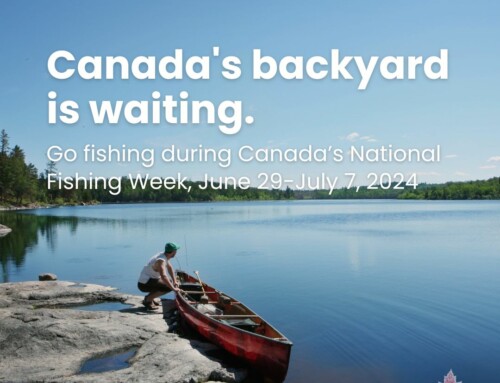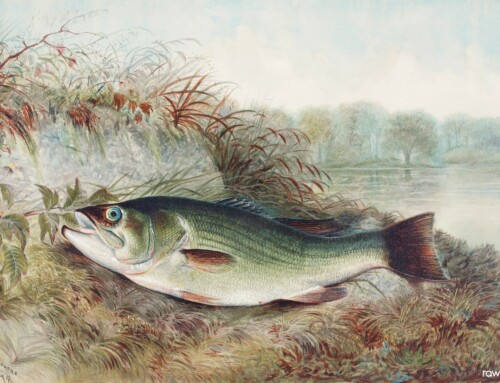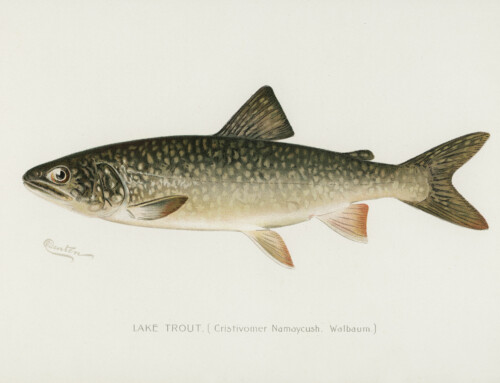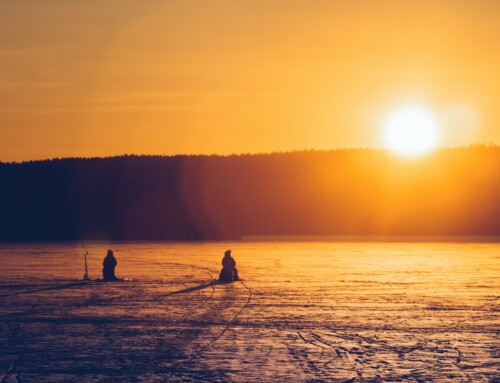Originally Published by CBC News, January 5, 2017
With the recent snowfall in the northwest, the Ministry of Natural Resources and Forestry wants to remind anglers to check local ice conditions before heading on to the ice to fish.
The Ministry says ice does not freeze at a uniform thickness across most lakes and rivers.
This can be hazardous at the start of the winter season when near-shore ice is often much thicker and safer than ice further out.
The Ministry says heavy snow on a frozen lake or river can insulate the ice below and slow the freezing process.
The MNRF recommends checking ice conditions with local ice hut operators or other anglers, and letting someone know where you’re planning to fish and when you plan to return.
The Ministry adds many anglers choose to wear floatation suits and carry a set of ice picks, just in case.
The MNRF says travelling on frozen lakes or rivers can be dangerous and precautions must be taken. At least 10 centimetres (four inches) of clear blue ice is required for walking, 20 centimetres (eight inches) for snowmobiles and 30 centimetres (12 inches) or more is needed for most light vehicles. This thickness should be doubled if the ice is white or opaque.
Photo by Petritap







